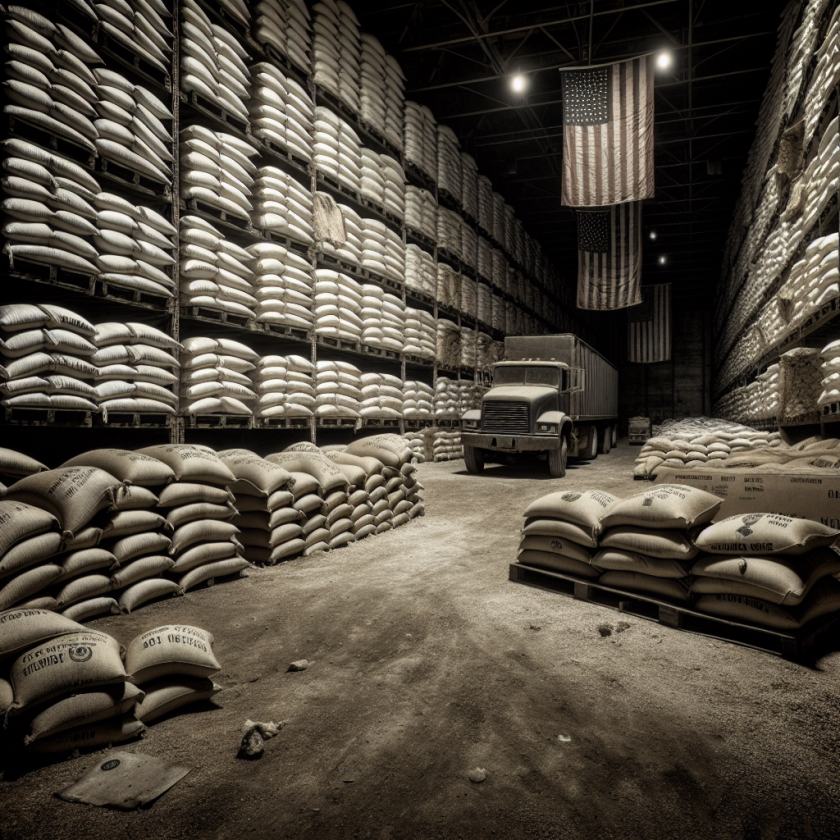Analysis: China’s Strategy to Outpace Trump with Increased Manufacturing and Trade Deals
Analysis: China’s Strategy to Outpace Trump with Increased Manufacturing and Trade Deals
Introduction
In a strategic move to surpass the economic influence of former U.S. President Donald Trump, China is intensifying its focus on manufacturing and trade agreements. This analysis delves into the key components of China’s approach and its potential implications on global trade dynamics.
China’s Manufacturing Prowess
China is leveraging its robust manufacturing sector to gain a competitive edge. Key strategies include:
- Technological Advancements: Investing heavily in automation and AI to enhance production efficiency.
- Infrastructure Development: Expanding industrial zones and improving logistics to support large-scale manufacturing.
- Skilled Workforce: Focusing on education and training to maintain a highly skilled labor force.
Strategic Trade Deals
China is actively pursuing trade agreements to expand its global market reach. Notable efforts include:
- Belt and Road Initiative: Strengthening trade routes and partnerships across Asia, Africa, and Europe.
- Regional Comprehensive Economic Partnership (RCEP): Enhancing trade ties with Asia-Pacific nations.
- Bilateral Agreements: Negotiating favorable terms with key trading partners to boost exports.
Implications for Global Trade
China’s strategy poses significant implications for the global trade landscape:
- Shift in Economic Power: Potentially diminishing U.S. influence in global trade.
- Increased Competition: Heightened competition for markets and resources among major economies.
- Supply Chain Realignment: Encouraging countries to reassess and diversify their supply chains.
Conclusion
China’s strategic focus on enhancing its manufacturing capabilities and securing trade deals is a calculated effort to outpace the economic policies of Donald Trump. By investing in technology, infrastructure, and international partnerships, China aims to solidify its position as a dominant force in global trade. This approach not only challenges U.S. economic influence but also reshapes the dynamics of international commerce.







































